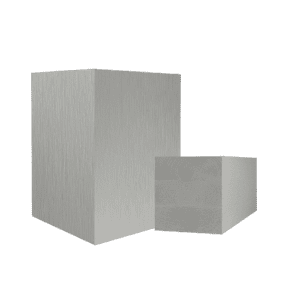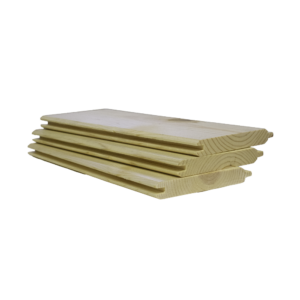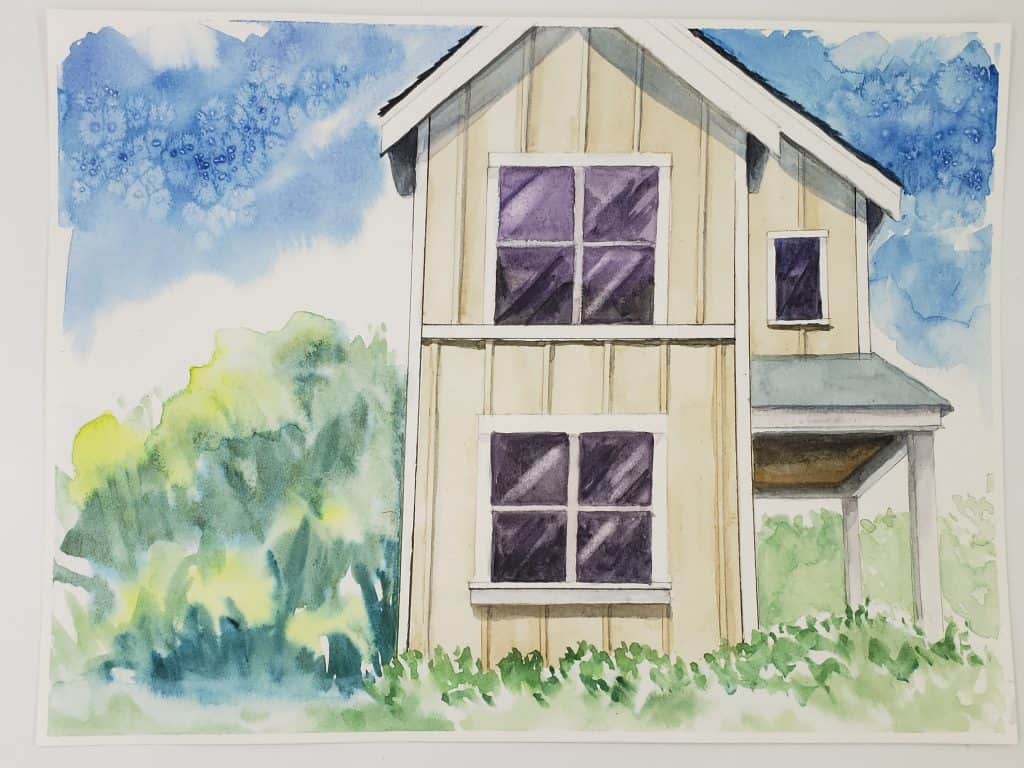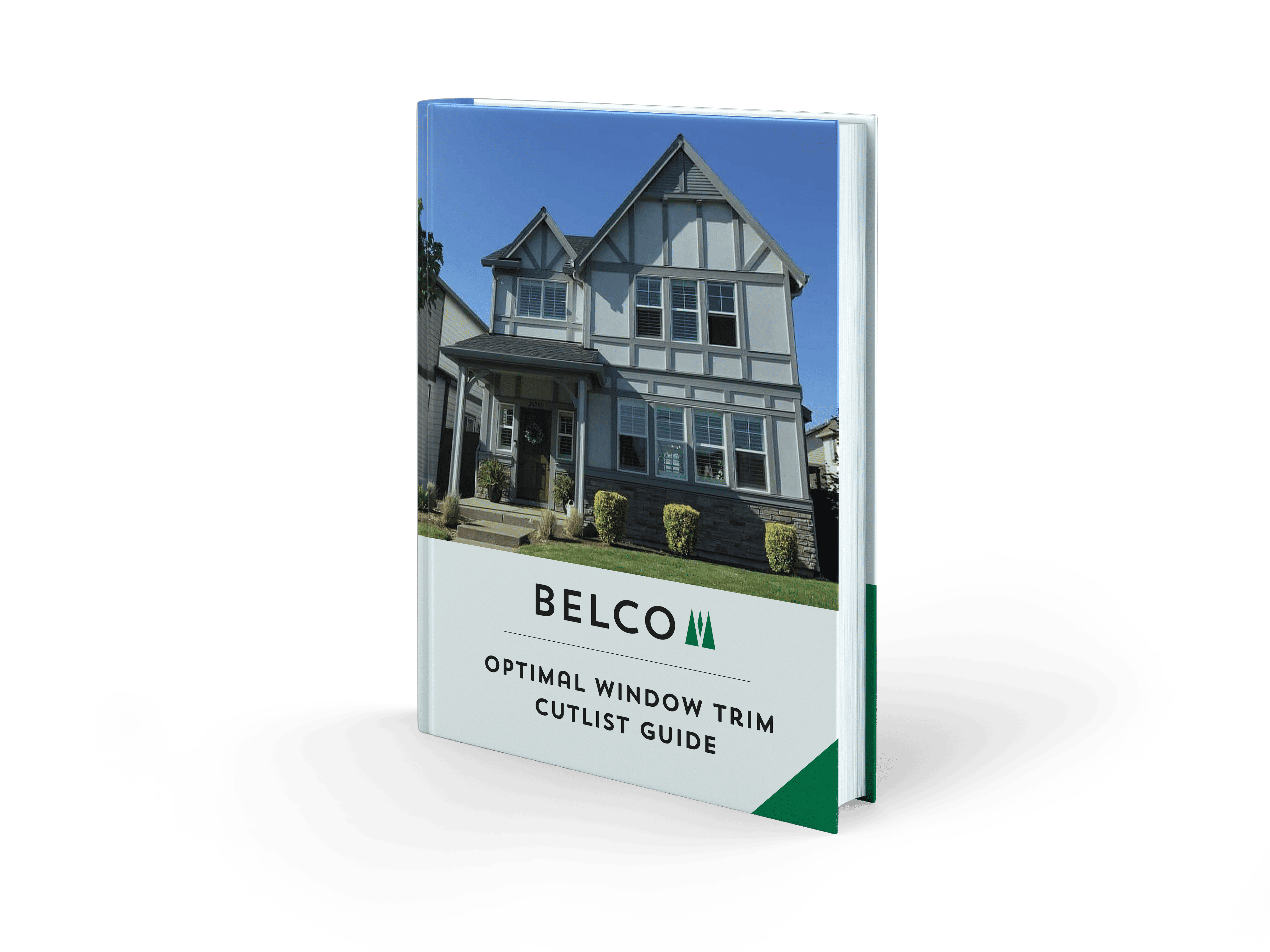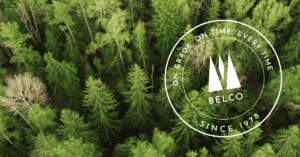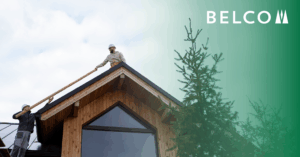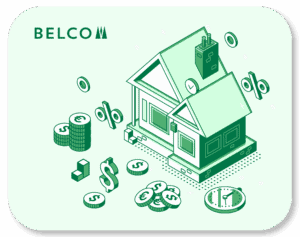Why Use Batten Strips?
Batten strips are making a huge comeback. They used to be commonly found on cedar shake gables. Today batten strips can be used to class up a house built with simple panel siding.
As labor costs continue to climb, builders are looking for ways to trim the budget without sacrificing quality and the aesthetics of great design. Batten strips are a relatively inexpensive add-on that makes a big impact.
Modern farmhouse design is a current trend in homebuilding. Typically painted stark white, using black framed windows and adding metal roofing in various areas, this popular design trend features batten strips in many more locations than just gable ends.
It is not uncommon to see battens in every gable, as well as on every bump-out wall.
Design purposes aside, battens have more than just decorative uses. You can find some examples of exterior siding, batten and trim designs in our article Exterior House Trim Colors: Co-ordinating Your Exterior Facade.
For example, battens are used to cover the seam that is created when two siding panels butt up to each other.
The batten is then caulked on either edge to keep water from getting behind the panels and causing rot, mildew, and decay issues down the road.
They are the first line of defense in a batt and board siding application. Material choice is important here. Let’s take a look at the most commonly used materials in batten manufacturing.
Material Options For Batten Strips
There are several options for batten trim materials. Commonly available batten trim can be made from all natural wood to preservative treated wood to completely man-made products. Of course there are pros and cons to each one. Let’s take a look at the real wood category first.
Real Wood Batten Strips
Real wood breaks down into two categories. Cedar is the top-of-the-line option and Primed White Wood is the more budget-friendly category. Both are great choices.
Primed White Wood
Primed white wood has had a reputation in the past as being an unstable product and too easily prone to decay. When talking about regular, run of the mill PWW, this is still true.
However, looking at preservative-treated XL Trim by Belco, is an entirely different story. XL Trim is an excellent choice for a number of reasons.
First off, with this product the raw wood fiber is directly treated with an industry-leading wood preservative to protect against rot, mold and mildew. It is warranted against decay for 20 years.
Secondly, XL Trim is primed with a white primer then oven baked for additional protection.
Belco is held to the highest standard in terms of moisture management and manufacture. It boasts smooth edges with clean crisp corners to make shadow lines pop while ensuring the edges will hold paint just as beautifully as the face.
XL Trim is much less fragile than fiber cement or OSB. Yet it is much lighter in weight, making installation a breeze.
This makes this trim and batten much easier on the installer and a real cost saver.
You can read more about Belco’s great manufacturing process in Belco’s Wood Preservative Treatment Process.
Overall, Preservative Treated XL Trim is the best batten hands down.
Cedar
Cedar is a great material for exterior trim. It is naturally decay resistant, stays fairly stable in most climates, can be cut and installed easily with no special tools, and let’s face it, cedar is beautiful.
The biggest drawback with cedar is its cost. Cedar is becoming increasingly rare and difficult to find. It is by far the most costly option for batten boards.
It is typically offered without a warranty, leaving the consumer with zero protection.
If budget is of no concern, cedar is a great way to go.
Manufactured and Non-Wood Batten Strips
Some of the newer products on the market for batten trim are Oriented Strand Board (OSB) and fiber cement. These popular products have unique characteristics that may be ideal, but only in certain conditions.
Let’s look at fiber cement first.
Non-Wood Materials
Fiber Cement
Fiber cement is becoming a very popular choice for siding, whether that be lap, panel or trim.
Most batt and board siding systems today will use some sort of fiber cement panel due to the ease of maintenance and natural decay resistance.
Fiber cement panels are prone to moisture transfer though, especially in damp climates.
Battens for fiber cement board and batten are typically 1×3 or 5/4×3 depending on the look the architect is going for. Fiber cement battens are available in both sizes.
There are some drawbacks, though.
For one thing, fiber cement battens are very brittle in all sizes. Hence, the install process is more tedious, slower, and prone to unintended breakage.
If you decide to go this route, then make sure to order extra batten strips as it is very likely that at least a few will be broken during the install process.
Wood Resin Combination
OSB/Engineered Wood
Oriented Strand Board trim boards are another commonly used option, particularly in more arid climates. This material really shines where there is not a great concern for mold, mildew, and decay.
One great advantage over fiber cement is that they are far less fragile. That means faster installation with very little breakage.
Typically OSB comes with a good warranty. But watch it! The warranty often will cover the cost of the product but not the cost for replacement.
The real problem is with edge swelling that occurs as these products get wet. Swollen edges do not revert back to the original shape and remain a real eyesore.
The bond between batten and caulking is weakened once it swells, eventually to the point of creating potential water penetrations.
Think about the look of a board and batt wall. Typically there is a batten strip every 12-16 inches. With OSB products that means that you have two rough edges every 12-16 inches that don’t accept paint as well as the face of the board. Not the best look.
It is also a sticking surface for dirt, dust, and cobwebs because of the rough texture.
Conclusion
XT Trim by Belco is the clear winner for batten trim. It literally ticks all the boxes: budget-friendly, lightweight, warranty for 20-years against rot, easy to install, readily available and accepts paint well.


